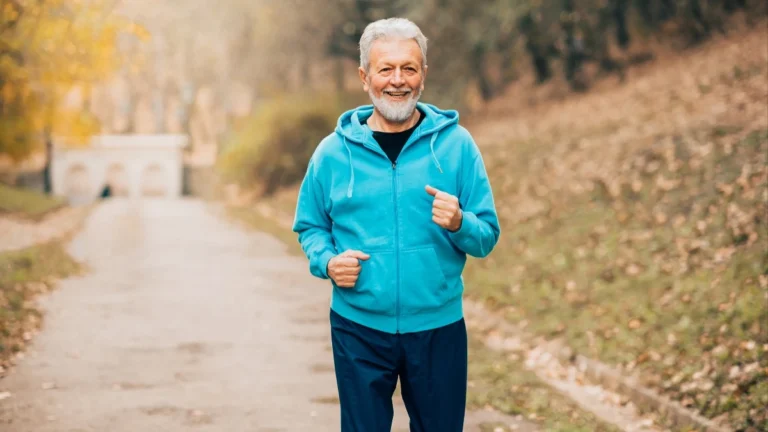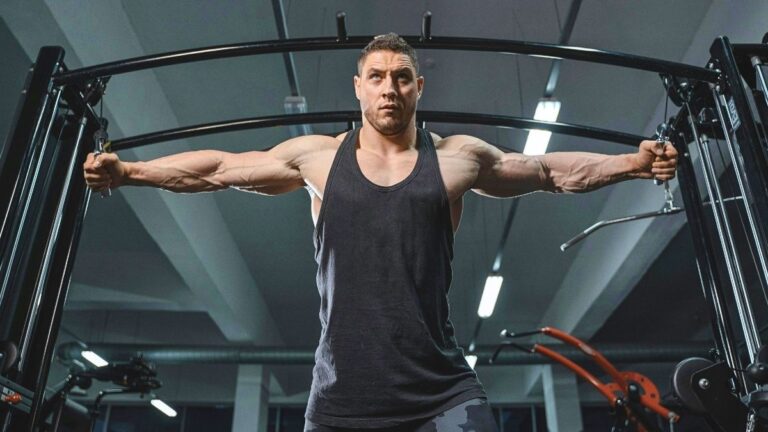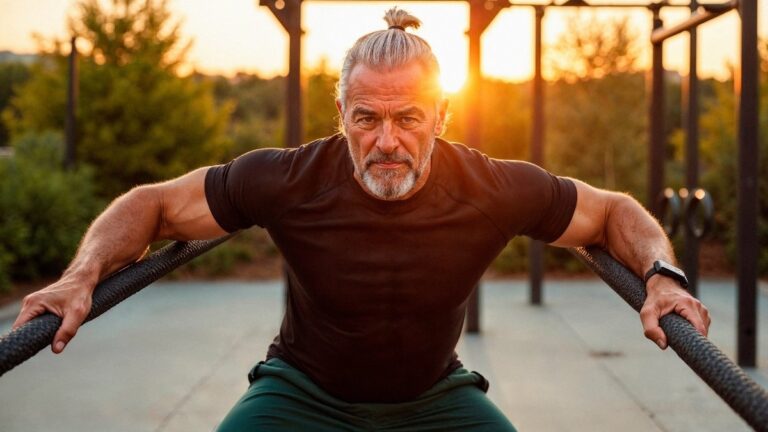9 Shocking Things That Happen to Your Body When You Start Doing Yoga Over 60

If you think yoga over 60 is just a gentle way to pass the time, the science-backed changes happening inside your body might shock you.
It’s easy to feel like aches, joint pain, and losing mobility are just part of getting older. Many people interested in starting yoga after 60 worry they are “too old” or not flexible enough to even begin. You might see that morning stiffness as something you just have to live with.
This article shows you a different path. We will cover 9 surprising, research-backed transformations that happen when you start a consistent yoga practice. This isn’t just simple stretching. It’s a real blueprint for rebuilding your body.
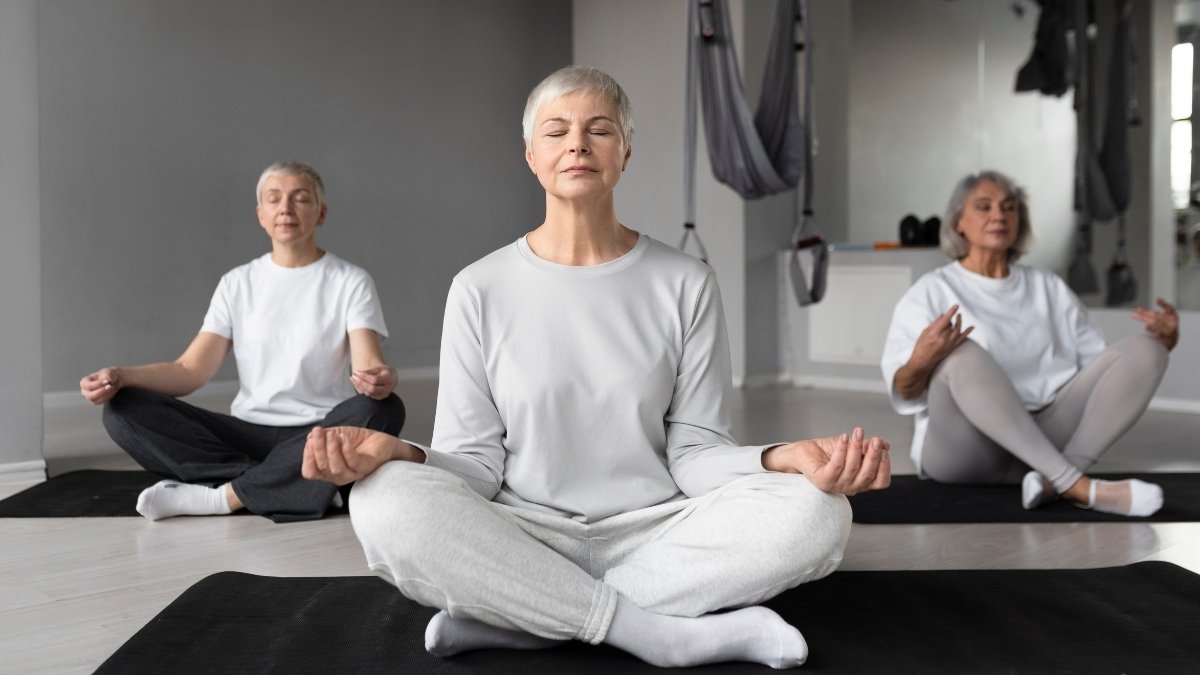
We’ll show how the benefits of yoga for seniors are huge. You’ll learn how it can help strengthen your bones and even make your brain sharper. Get ready to see what yoga can really do.
1. Your Brain Literally Gets Bigger

This isn’t an exaggeration. When you practice yoga over 60, you give your brain a powerful workout, not just your body. The real magic happens when you combine gentle movements with focused breathing and mindfulness. This combination can actively build new connections in your brain.
Here is what recent research shows: This practice increases gray matter volume. Think of gray matter as your brain’s main computer. A 2024 meta-analysis in the journal Brain Sciences confirmed that mind-body practices like yoga have this effect, especially in older adults.
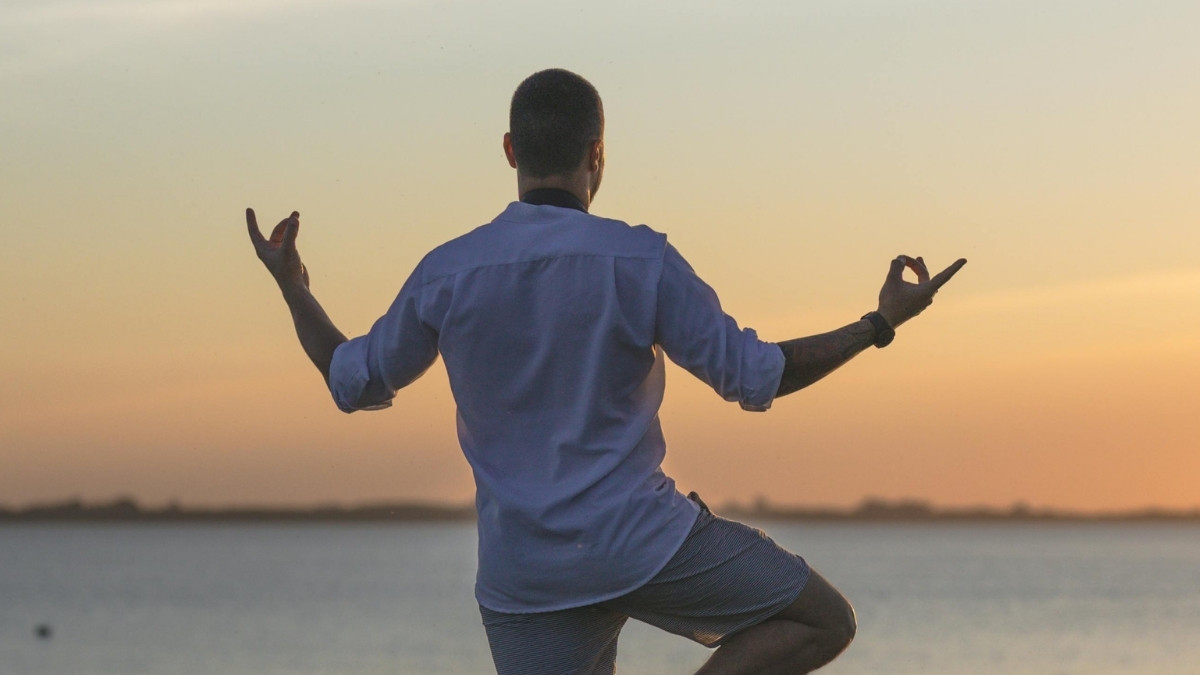
This matters because yoga often targets the hippocampus, your brain’s memory center. As we age, this area can shrink, leading to memory lapses. Yoga helps protect and even grow this part, which is a key way to actively fight age-related cognitive decline and keep your mind sharp.
2. You Actively Rebuild Bone Density
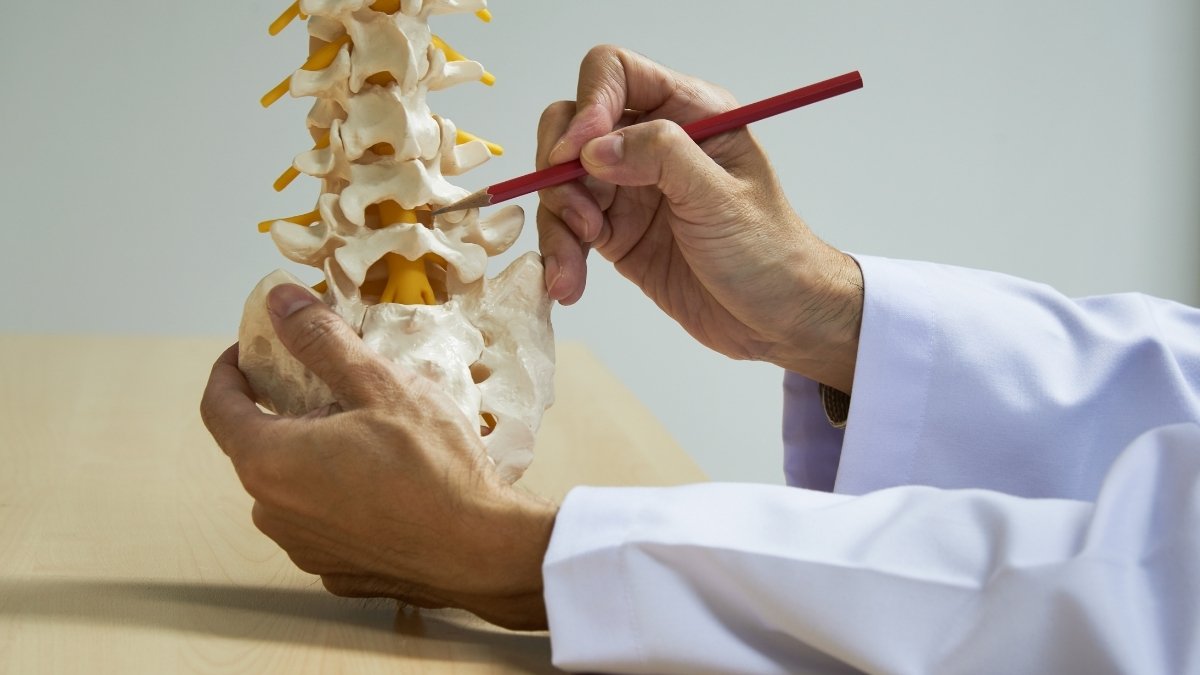
Many people over 60 worry about their bones getting weaker. You might think you can only slow down bone loss. But the shocking truth is that a specific yoga over 60 practice can help you actively rebuild bone density.
How does it work? When you hold weight-bearing poses, even gentle ones like Tree Pose or Warrior II, you put healthy stress on your bones. . This tension sends a signal to your body to wake up its bone-building cells, called osteoblasts.

This isn’t just a theory. Dr. Loren Fishman led a well-known study on yoga for osteoporosis. Participants, with an average age of 68, practiced 12 specific yoga poses daily. The results showed measurable increases in bone density in their spine and hips.
This means yoga is a powerful, natural way to make your bones stronger. It directly fights the effects of osteoporosis and can help protect you from fractures.
3. Your “Fall-Risk” Sensor Gets Recalibrated
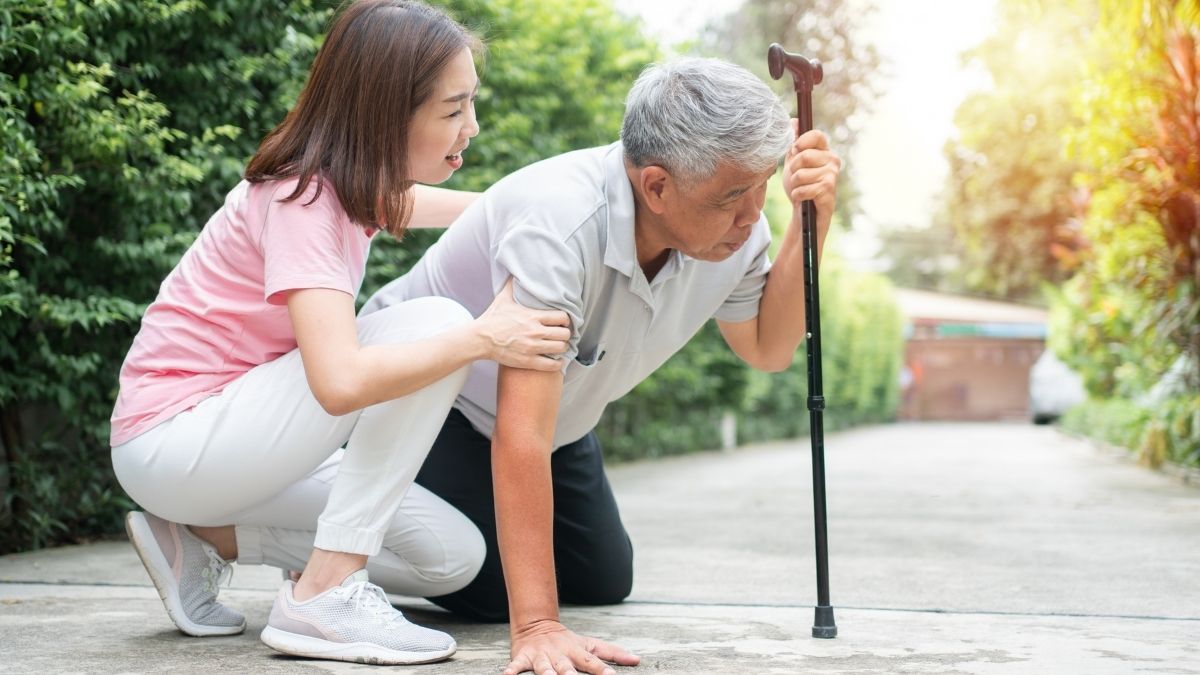
A stumble on a rug or an uneven sidewalk is a serious worry for many people over 60. The CDC reports that more than one in four older adults fall each year. This fear can make you feel less confident when moving around.
Yoga helps fix this, and it is more than just basic balance exercises for seniors. It trains a hidden sense called proprioception. . Think of this as your bod
y’s internal GPS that tells your brain where your limbs are without you having to look.
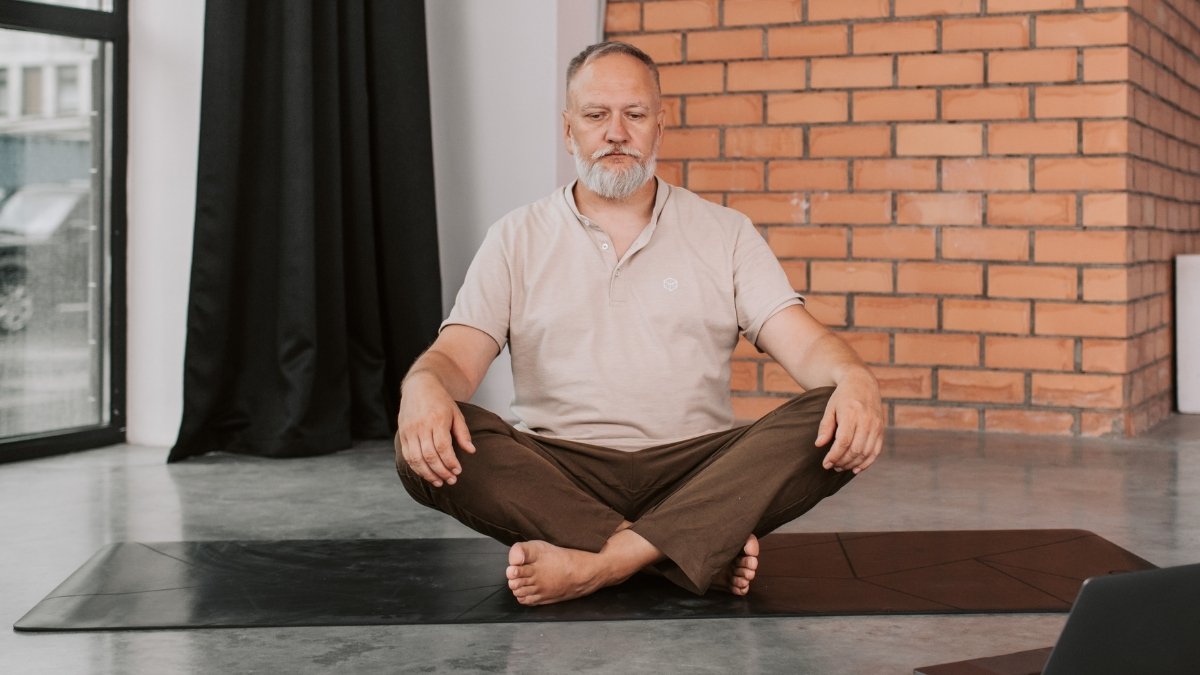
When you practice a gentle yoga for beginners over 60 pose, you are forced to feel your feet on the floor. You pay attention to tiny muscle adjustments. This fine-tunes that GPS, making your brain-to-body signals faster.
And here’s why that matters: if you do trip, your brain reacts faster to “catch” you before you fall. Studies, like one from 2024, show that just 12 weeks of yoga can lead to much better balance scores and a big drop in the fear of falling.
4. Your Joints Get a Natural “Lube Job”

If you have stiff knees or hips, you probably worry about making them worse. Many people starting yoga after 60 fear that bending is the last thing their joints need. It’s a common myth that yoga for arthritis is dangerous.
The truth is that gentle, mindful movement is exactly what your joints crave. Inside each joint is a fluid-filled capsule. This synovial fluid acts just like oil for a hinge, keeping things moving smoothly.
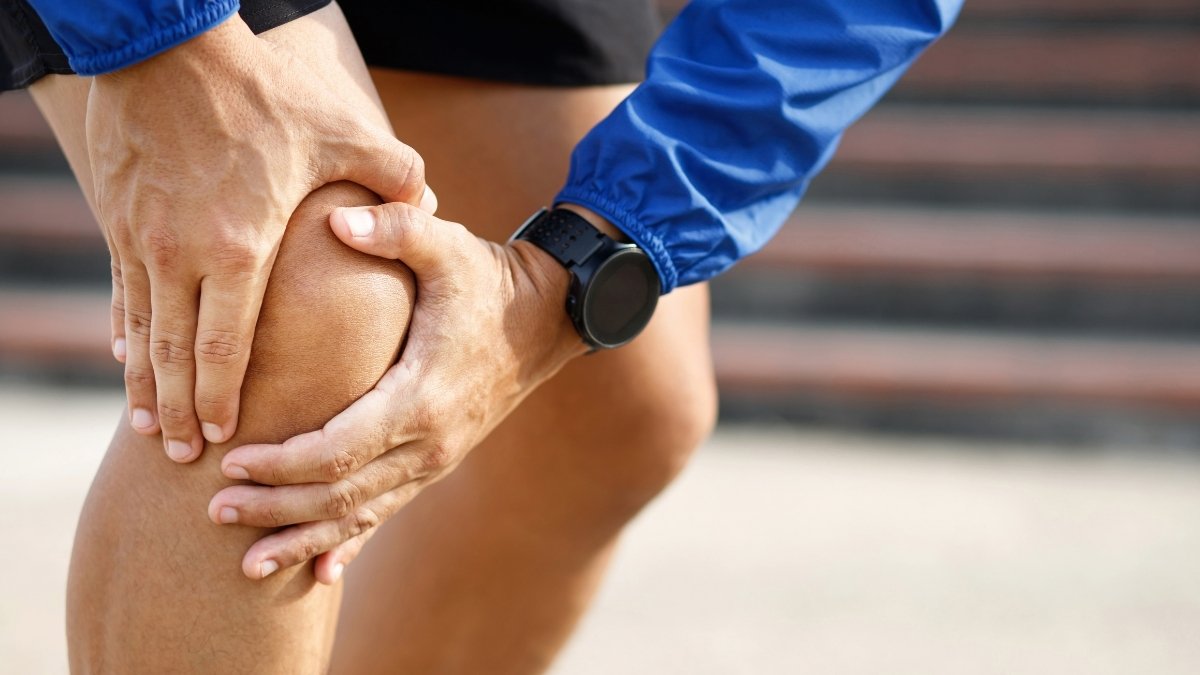
This “lube job” warms and spreads the fluid, which is why you often feel less stiff right after a session.
It also strengthens the muscles around the joint. Stronger leg muscles mean less pressure on your knee cartilage. This takes the load off the painful spots. The Arthritis Foundation recommends yoga as a safe way to improve joint pain, and 2024 studies continue to show it reduces pain scores and improves daily function for people with osteoarthritis.
5. You Can Strengthen Your Lungs

Do you get winded walking up stairs or carrying groceries? That’s a common feeling. After age 60, our lungs naturally lose some of their power, a measurement called “vital capacity,” which can make everyday tasks feel harder.
Yoga helps you fight this. It uses special breathing exercises, known as pranayama. These are a direct workout for your diaphragm and the small muscles between your ribs. .
This method is proven to work. A 2023 study showed that 12 weeks of yoga breathing significantly improved lung power in seniors. A 2024 review confirms these benefits of yoga for seniors, showing measurable increases in lung volume.
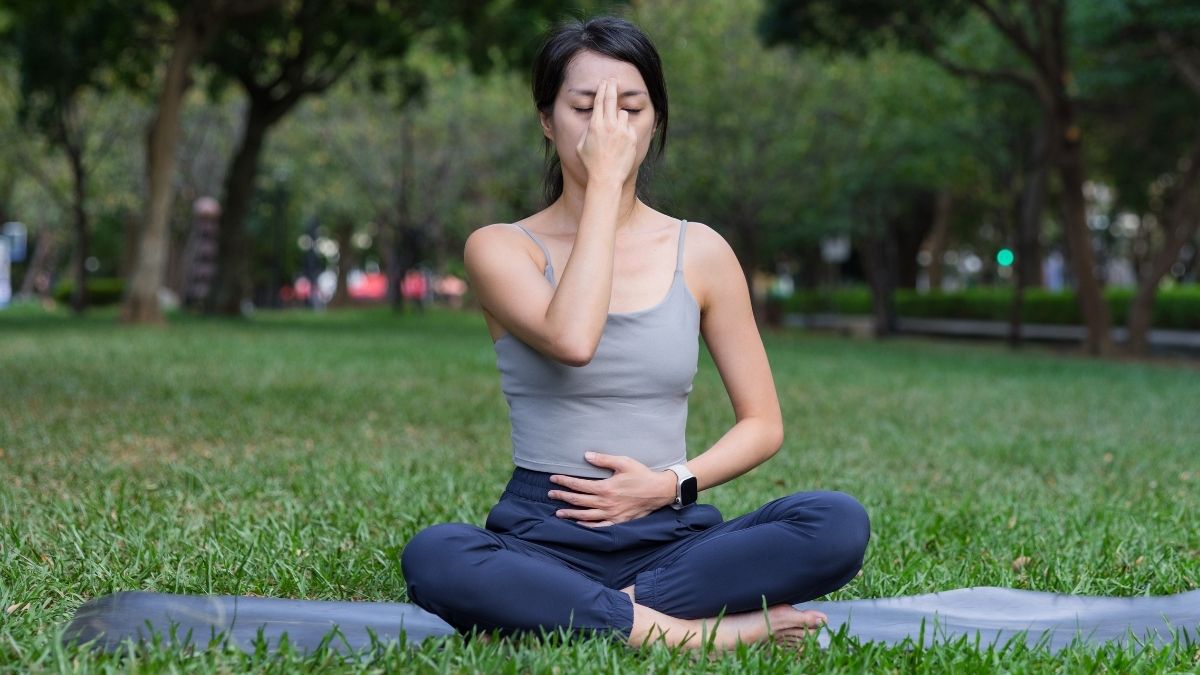
This helps your body use oxygen more efficiently. And here’s why that matters. You will have more stamina for walking, gardening, or playing with your grandkids. Those daily activities start to feel much less tiring.
6. Your Blood Pressure “Breaker” Gets Flipped

Many people over 60 live with high blood pressure. Stress from news, traffic, and daily worries keeps your body on high alert. This is your “fight or flight” system (sympathetic) stuck in the “on” position, which keeps your pressure high.
Yoga acts like a main breaker switch for this system. It activates your parasympathetic nervous system. This is your body’s “rest and digest” mode, and it is the only time your body can truly relax and repair.
It’s not just the movement. It’s the unique mix of slow movement, deep breathing, and mental focus that does the trick. This combination is what tells your brain that you are safe, allowing your blood vessels to relax.
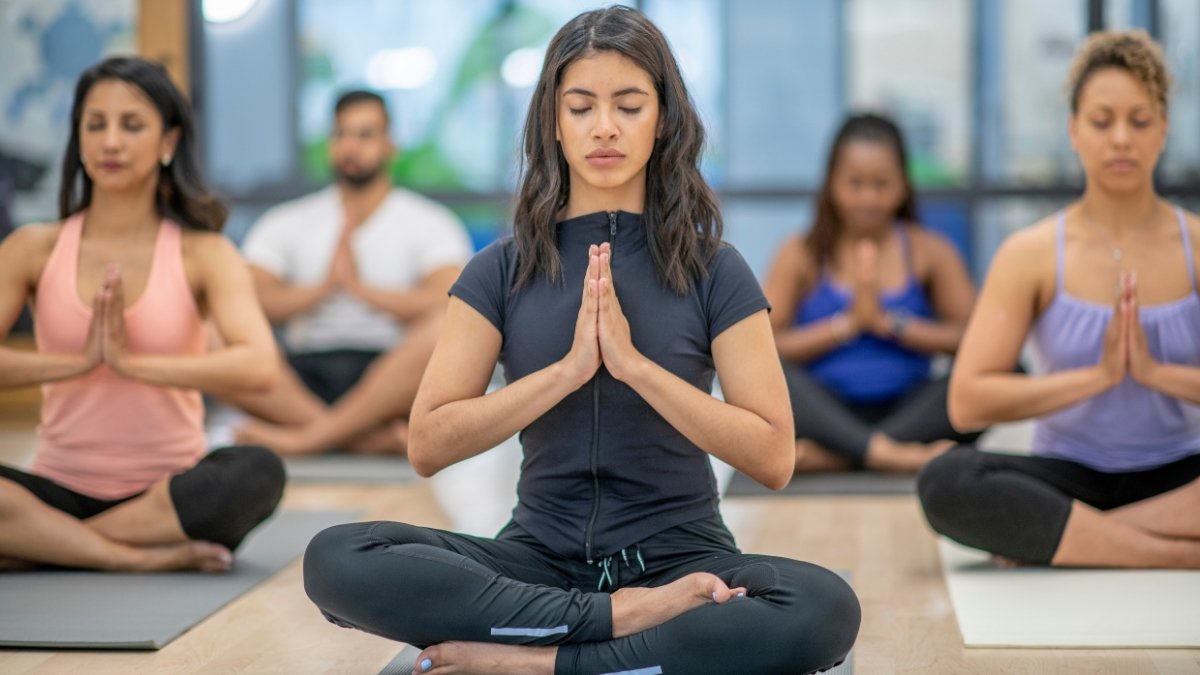
The American Heart Association (AHA) supports yoga for heart health. A 2025 review of studies on yoga for high blood pressure shows it can be a powerful tool. It works alongside other treatments to help lower both systolic and diastolic numbers.
7. You Can “Reclaim” Lost Height

Have you noticed you feel a bit shorter than you used to be? It’s a very common part of aging. Years of gravity and sitting can compress the soft discs between your vertebrae, leading to a hunched posture.
Yoga helps you “reclaim” that lost height. No, you are not growing new bones. You are decompressing your spine back to its natural length.
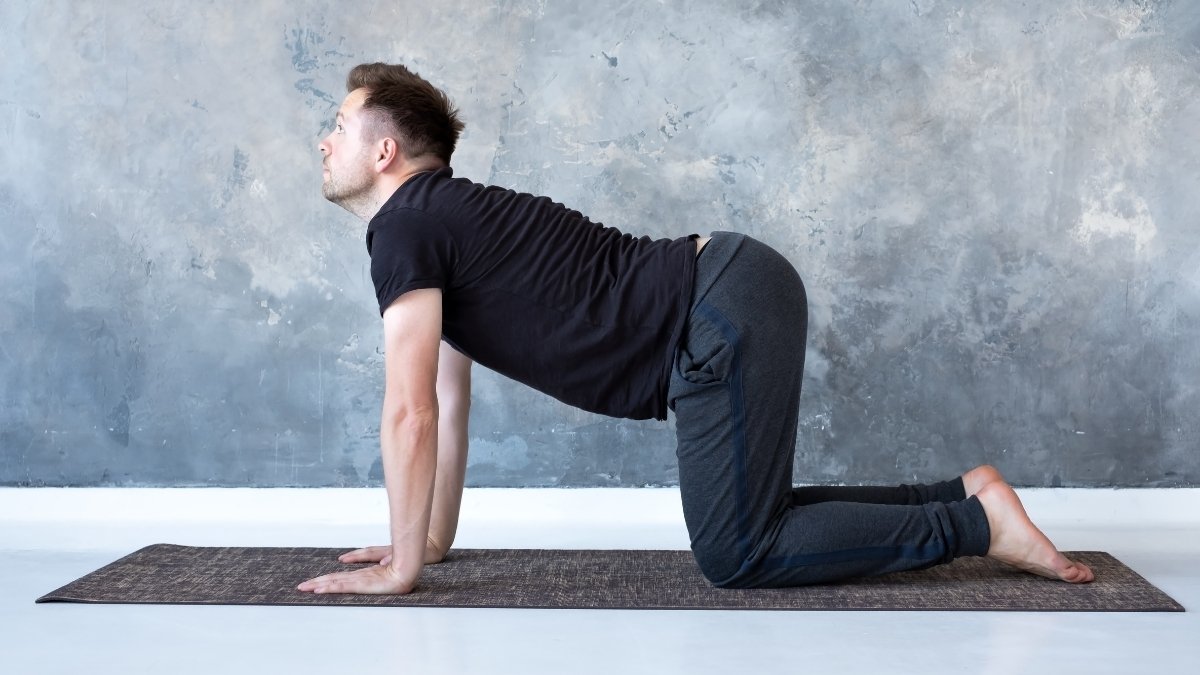
Gentle poses like Cat-Cow and Child’s Pose slowly stretch your back. These movements create space between the discs, helping them get more blood flow and “plump up.” This is a key part of good yoga for posture.
But yoga also builds core exercises for seniors right into the practice. Stronger abdominal and back muscles hold you upright, so you don’t slump back down. Just reclaiming half an inch of height from better posture can make you feel more confident.
8. You Start Producing Your Own “Bliss” Chemicals

We all have days of worry, stress, or just feeling low. These feelings are often driven by stress chemicals. Your body gets flooded with cortisol, the main stress hormone, which can make you feel anxious and worn out.
Yoga provides a direct way to fight this. It’s a proven tool for managing yoga for anxiety. The shocking part is how quickly it works. Some studies show cortisol levels in your blood can drop after just one session.
But yoga also adds good chemicals. Research from 2024 and 2025 confirms that practices like yoga can boost your brain’s levels of GABA. GABA is a natural chemical that tells your nervous system to calm down.

This is one of the biggest benefits of yoga for seniors. Many anti-anxiety medicines work by targeting this same chemical. Yoga helps your body make its own, leaving you feeling calmer and more in control.
9. Your Sleep Quality Transforms
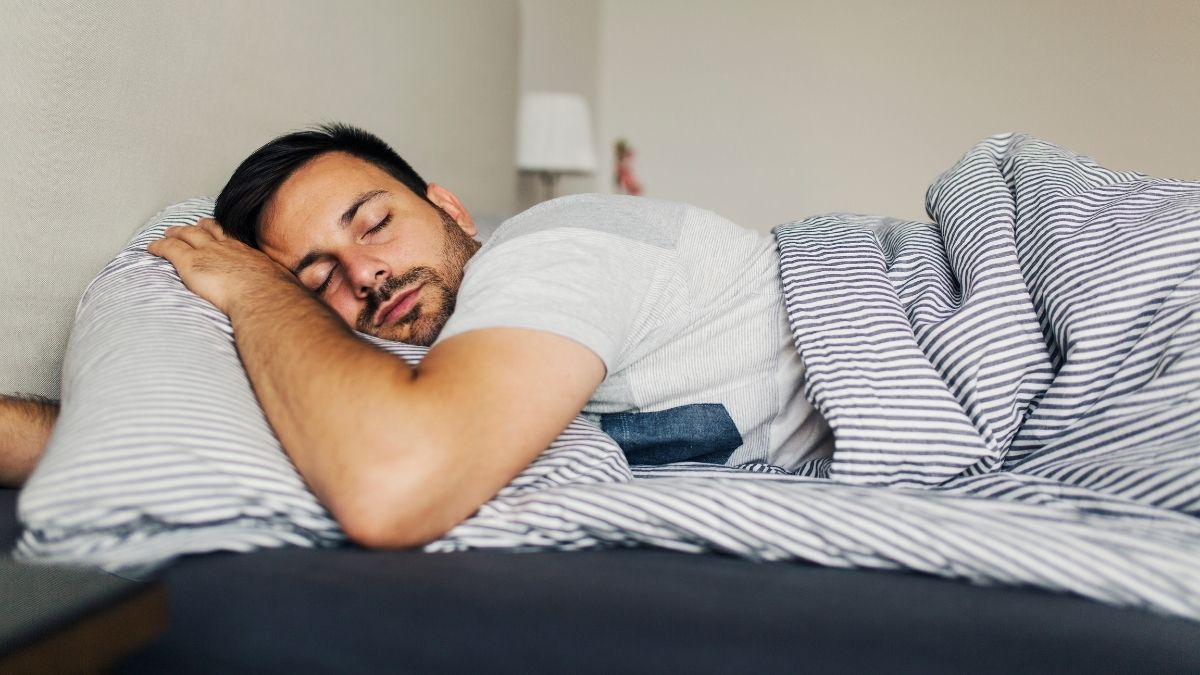
A good night’s sleep can be hard to find after 60. Tossing, turning, and waking up in the middle of the night is frustrating. This is a very common problem, but it is not one you have to live with.
A gentle yoga for beginners over 60 routine does more than just make you tired. It actively prepares your brain and body for rest. It helps to regulate your internal clock, or circadian rhythm, which tells you when to be sleepy.
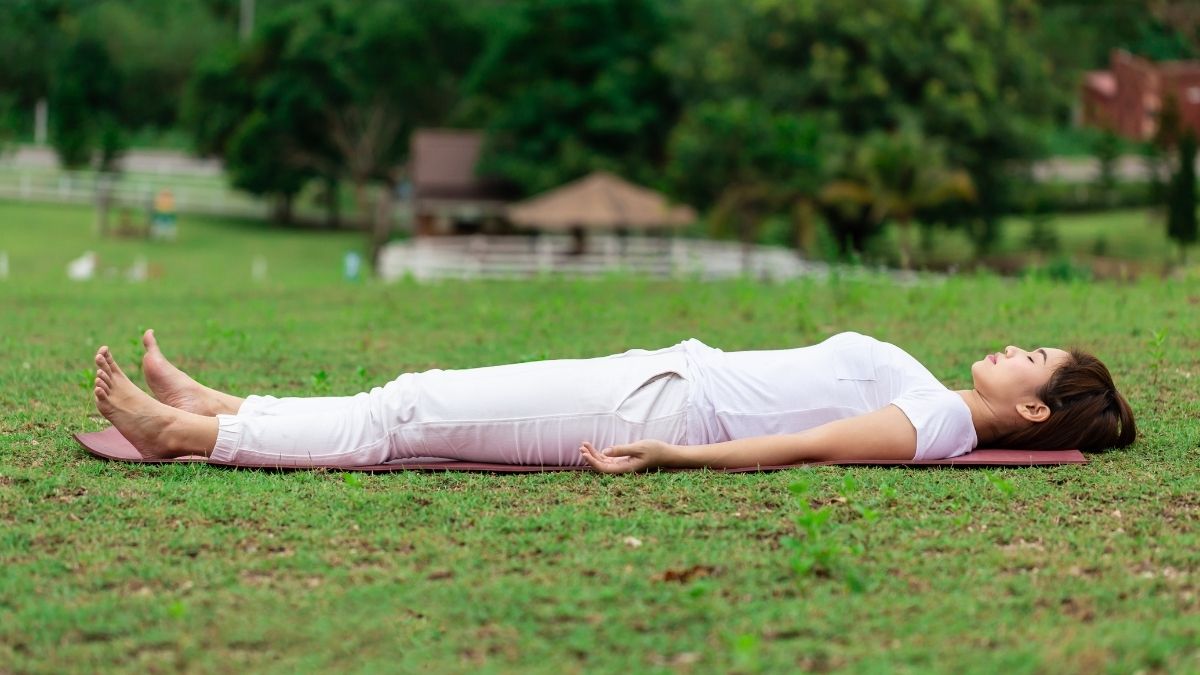
The slow, mindful movements and deep breathing calm your entire nervous system. . This signals to your body that the day is done and it is safe to power down and repair.
The Sleep Foundation recommends yoga for sleep. Studies on seniors show it is very effective. It can reduce the time it takes to fall asleep and lessen the number of times you wake up, helping you get the deep rest you need.
At the Last:
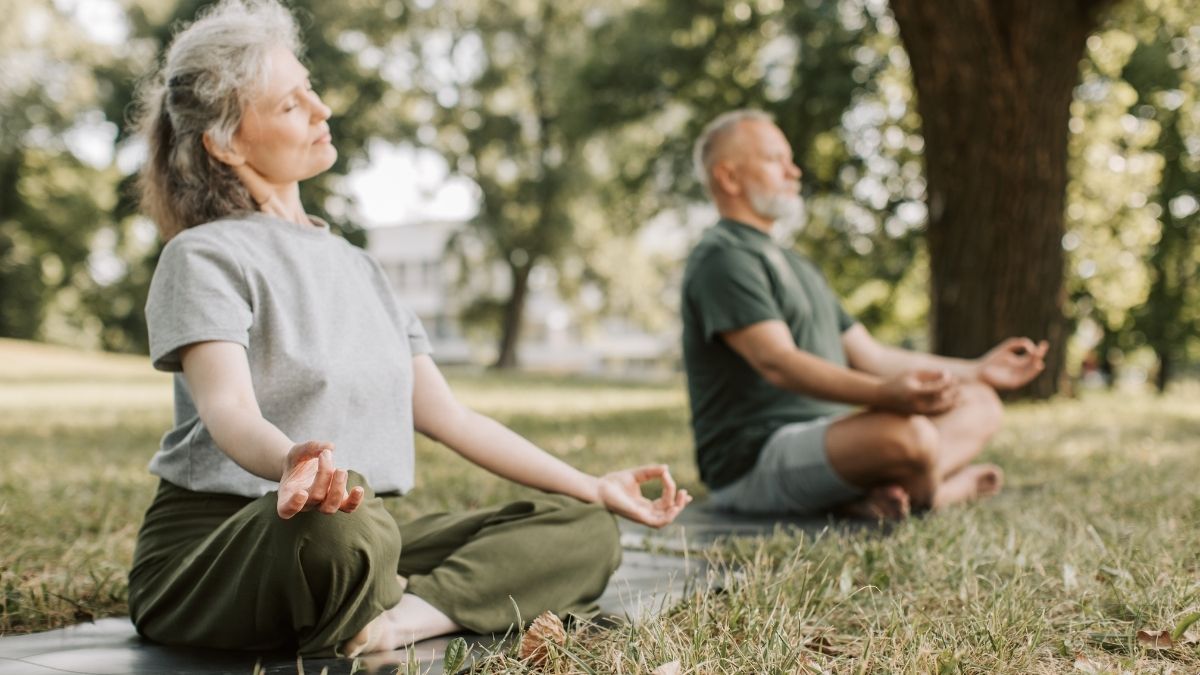
As you can see, starting yoga after 60 is not just a simple hobby. It’s a powerful, science-backed way to rebuild your body and mind, from your brain cells to your bones. The benefits of yoga for seniors are truly transformative.
You don’t need to be flexible to start. You just need to be willing.
To begin safely, look for a “Beginner’s Guide to Chair Yoga” or find a certified gentle yoga for beginners over 60 class.



